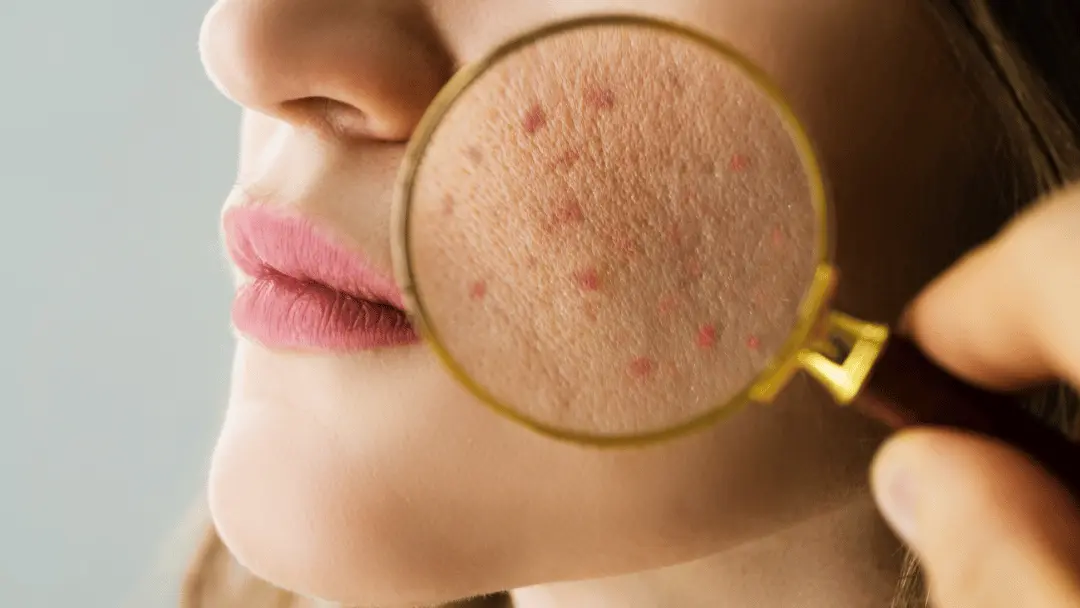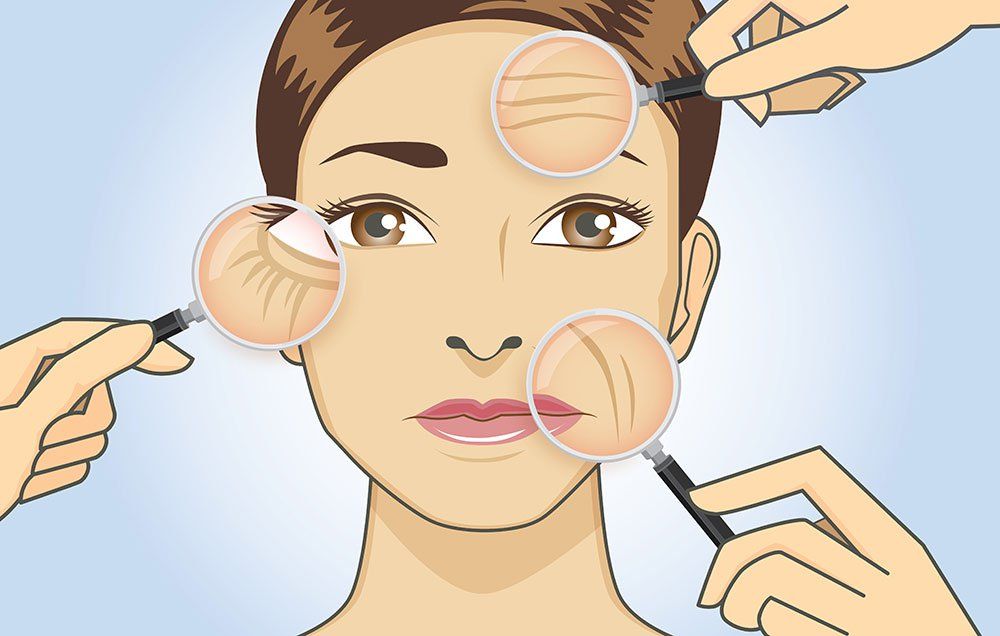Search for a trusted dermatologist near you for consultation.
Search for a trusted dermatologist near you for consultation.
Blog Article
Understanding the Function of Mohs Surgical Treatment in Treating Skin Cancer: A Comprehensive Guide to Dermatology
As skin cancer cells proceeds to be a prevalent health and wellness issue worldwide, ingenious therapy approaches like Mohs surgical procedure are acquiring prestige in dermatology - dermatologist. This surgical strategy's accuracy and high treatment rates make it a standout in dealing with certain kinds of skin cancer cells, particularly basic cell and squamous cell cancers. The adhering to conversation will certainly supply an extensive understanding of Mohs surgery, its treatment, and the function it plays in skin cancer cells treatment, inviting the viewers to discover its benefits and post-operative treatment
What Is Skin Cancer Cells: Kinds and Prevalence

Revealing Mohs Surgery: A Detailed Overview
Provided the startling boost in skin cancer cells cases, particularly melanoma, the medical area has actually established different methods to combat this disease. One such method is Mohs surgical treatment, called after Frederic E (mohs surgery). Mohs, the physician who introduced it. This surgical technique is made to remove skin cancer cells layer by layer, analyzing each layer for cancer cells up until just cancer-free cells stays. Mohs surgery is particularly reliable for treating basic cell carcinoma and squamous cell carcinoma, the most usual kinds of skin cancer cells. It is renowned for its high cure rates, usually going beyond 98%. The procedure is significant for its accuracy, as it intends to preserve as much healthy skin as feasible. This makes it a perfect therapy choice for cancers in why not try this out cosmetically and functionally vital areas.

The Procedure of Mohs Surgical Treatment: Step-by-Step Malfunction
Indisputably, recognizing the treatment of Mohs surgical procedure can aid debunk this powerful tool in the battle against skin cancer cells. The procedure starts with the removal of visible cancerous cells. The specialist after that removes a find more information thin layer of extra tissue and examines it under a microscopic lense. This step differentiates Mohs surgery from typical methods, as it allows for prompt and complete assessment of the removed cells. If cancer cells are detected, the cosmetic surgeon eliminates another layer from the same area and repeats the exam. This cycle proceeds till no even more cancer cells are found, guaranteeing the full elimination of the disease while maintaining as much healthy skin as feasible. The wound is then closed and the patient starts the healing process.
Benefits of Mohs Surgical Procedure Over Typical Approaches
Despite the invasive nature of the procedure, the advantages of Mohs surgical procedure over conventional approaches are countless and considerable. Leading amongst these is its remarkable accuracy. The Mohs technique enables for the removal of cancerous cells layer by layer, making sure minimal damages to healthy tissue. This thorough strategy equates into greater treatment prices, especially for persisting or hostile kinds of skin cancer. Mohs surgery minimizes the danger of considerable scarring, an essential factor to consider offered the frequently noticeable useful source location of skin cancers cells. Lastly, it supplies the benefit of instant confirmation of full cancer cells removal, lowering patient anxiousness. As a result, while more facility, Mohs surgical procedure is usually a more effective and patient-friendly approach to dealing with skin cancer cells than traditional methods.

Post-Operative Treatment and Recovery in Mohs Surgical Procedure
After undergoing Mohs surgical procedure, the subsequent care and recuperation process holds equivalent importance to the procedure itself. Post-surgery, the wound might be left open to heal normally, sewed up directly, or covered utilizing skin from an additional area of the individual's body. The choice depends on the size and location of the removed skin cancer - chemical peel. Pain, though normally mild, can be taken care of with over the counter anesthetics. Infection prevention is critical, so wound care directions provided by the surgeon needs to be adhered to meticulously. Regular follow-up visits ensure ideal healing and capture potential indicators of cancer recurrence early. With appropriate treatment, many people make a full recuperation from Mohs surgery within four to six weeks.
Conclusion
Mohs surgical procedure is an extremely precise and efficient approach for dealing with skin cancer, particularly basic cell and squamous cell carcinomas. With its special layer-by-layer removal procedure and prompt tiny examination, it makes sure complete cancer eradication while saving healthy skin. This makes it especially useful for treating cancers in cosmetically delicate locations. Post-operation treatment and recovery are additionally manageable, more strengthening Mohs surgical procedure's duty as an ingenious method in skin-related cancer cells treatment.
Report this page